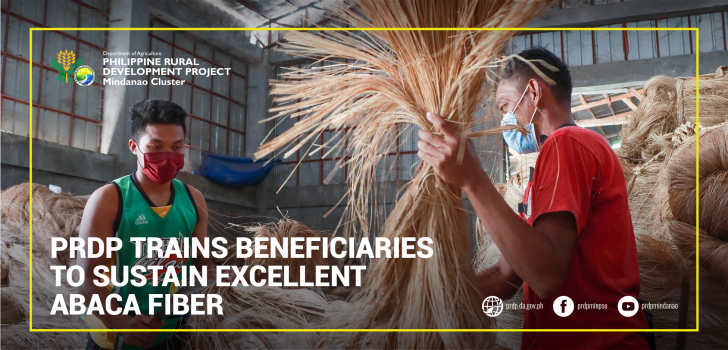
PRDP Trains Beneficiaries to Sustain Excellent Abaca Fiber
The Department of Agriculture continues to uphold the production of high-quality abaca fiber in the Philippines through the conduct of training under the Philippine Rural Development Project (PRDP) in partnership with the Philippine Fiber Industry Development Authority (PhilFIDA) last Aug 25-27, 2021.
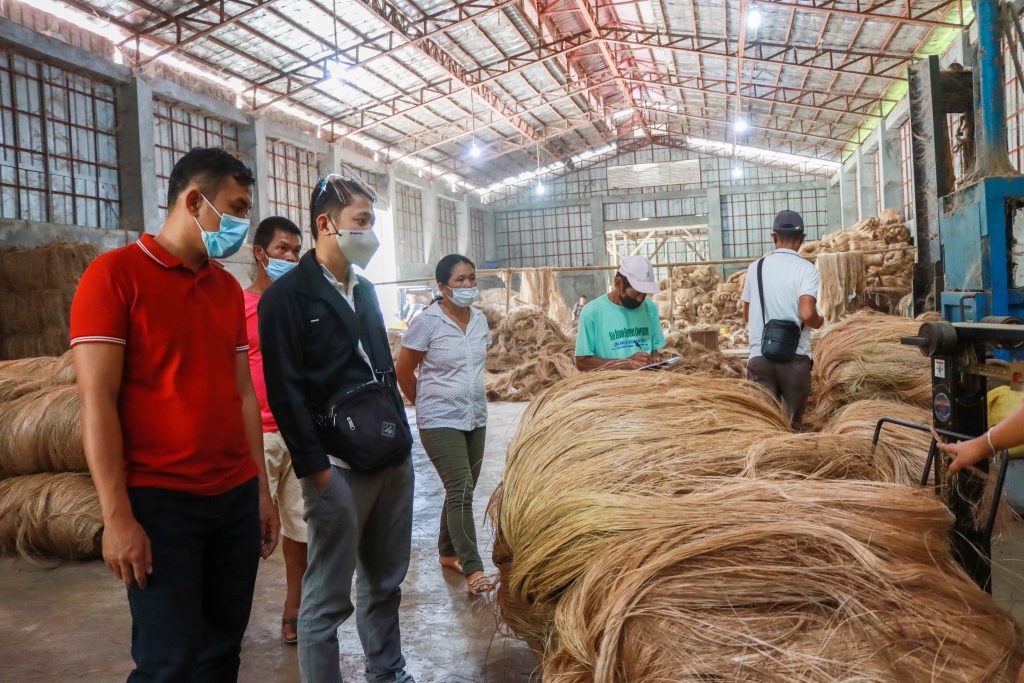 As such, the San Isidro Farmers’ Cooperative (SIFAMCO) of Lianga, Surigao del Sur underwent a 3-day training at the San Isidro Upland Farmers Multi-Purpose Cooperative (SIUFMULCO) in Santiago, Agusan del Norte, on Abaca Sorting, Grading, and Baling.
As such, the San Isidro Farmers’ Cooperative (SIFAMCO) of Lianga, Surigao del Sur underwent a 3-day training at the San Isidro Upland Farmers Multi-Purpose Cooperative (SIUFMULCO) in Santiago, Agusan del Norte, on Abaca Sorting, Grading, and Baling.
“Knowing how to classify and sort abaca is very important for farmers so they will not be deceived during the selling and buying of their products,” said Wendelyn Mabuloc, Fiber Development Officer II of PhilFIDA and Provincial Fiber Officer of Agusan del Sur.
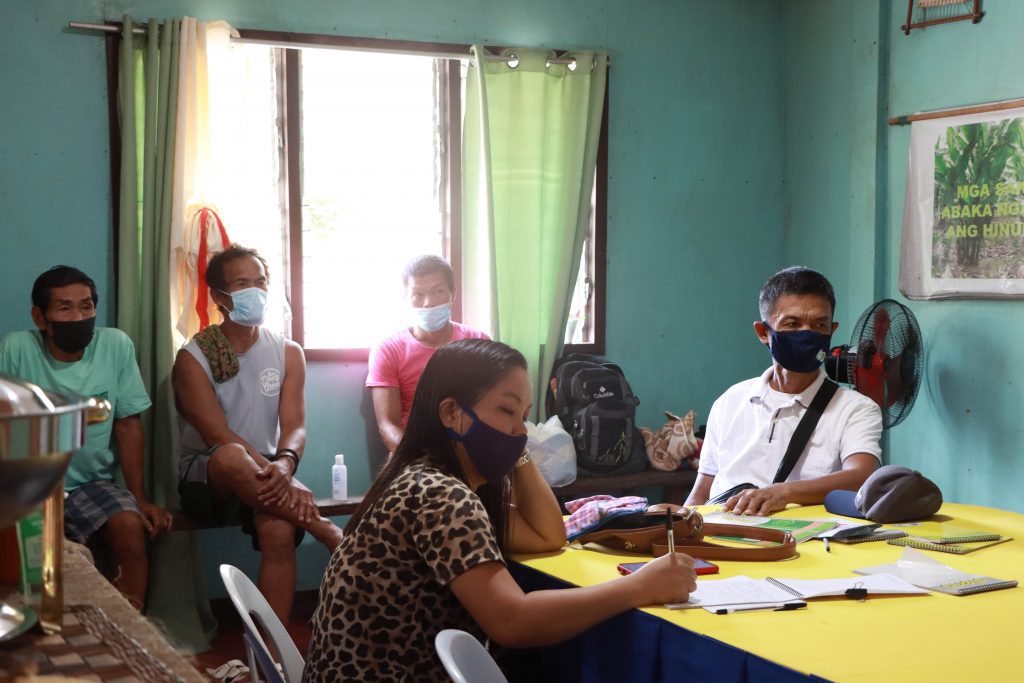 Mabuloc said that the training will help farmers to determine the different abaca fiber grades so they will be encouraged to produce the highest quality fibers which have the highest equivalent price too.
Mabuloc said that the training will help farmers to determine the different abaca fiber grades so they will be encouraged to produce the highest quality fibers which have the highest equivalent price too.
SIFAMCO participants also had hands-on experience at SIUFMULCO’s warehouse. Luchie Mae Montero, Abaca Trading Head of SIUFMULCO taught the step-by-step process from proper classification, sorting, and grading, up to baling of abaca fiber following national and international standards.
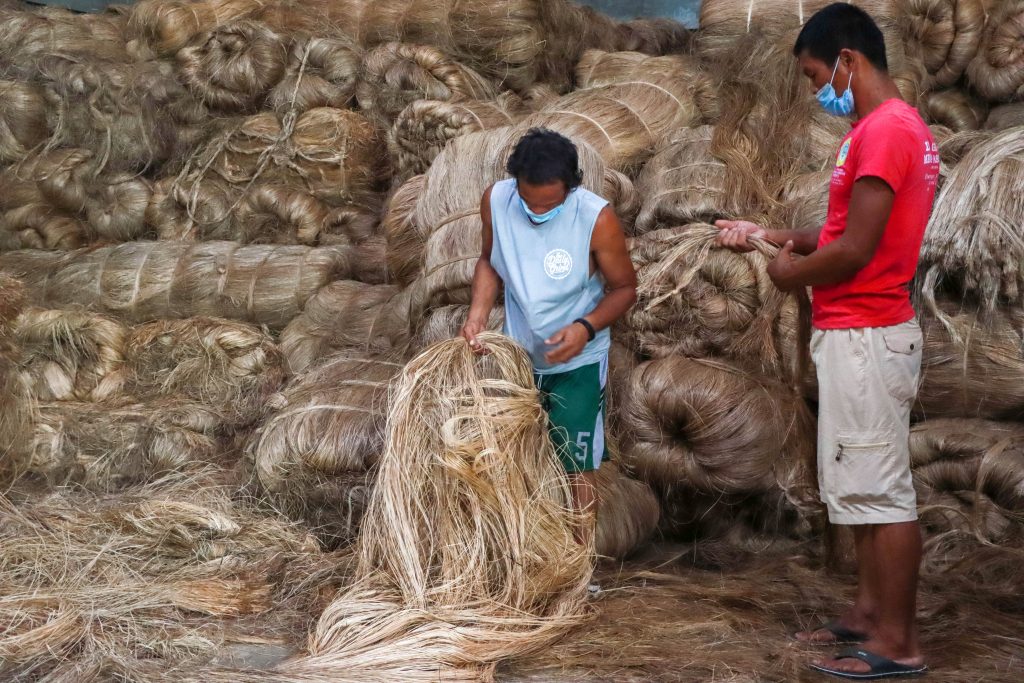 “SIUFMLCO has been implementing the Philippine National Standard of PhilFIDA. We are strict in sorting and grading our abaca since we want to maintain our good relationship with our customers. We don’t want to disappoint them. Our sellers, such as SIFAMCO, should be aware of this so that our classifications match and we will not have a problem when their abaca arrives in our warehouse,” emphasized Montero.
“SIUFMLCO has been implementing the Philippine National Standard of PhilFIDA. We are strict in sorting and grading our abaca since we want to maintain our good relationship with our customers. We don’t want to disappoint them. Our sellers, such as SIFAMCO, should be aware of this so that our classifications match and we will not have a problem when their abaca arrives in our warehouse,” emphasized Montero.
Farmers were also taught on the different classifications of fibers according to texture and color.
According to Ludovico Buaqueña, SIFAMCO Chairperson, while waiting for the completion of their PRDP funded warehouse, such trainings are essential for their members.
“I think this training is one of the most important aspects of abaca business that is why it is necessary to avoid mistakes and loss in profit,” Buaqueña said.
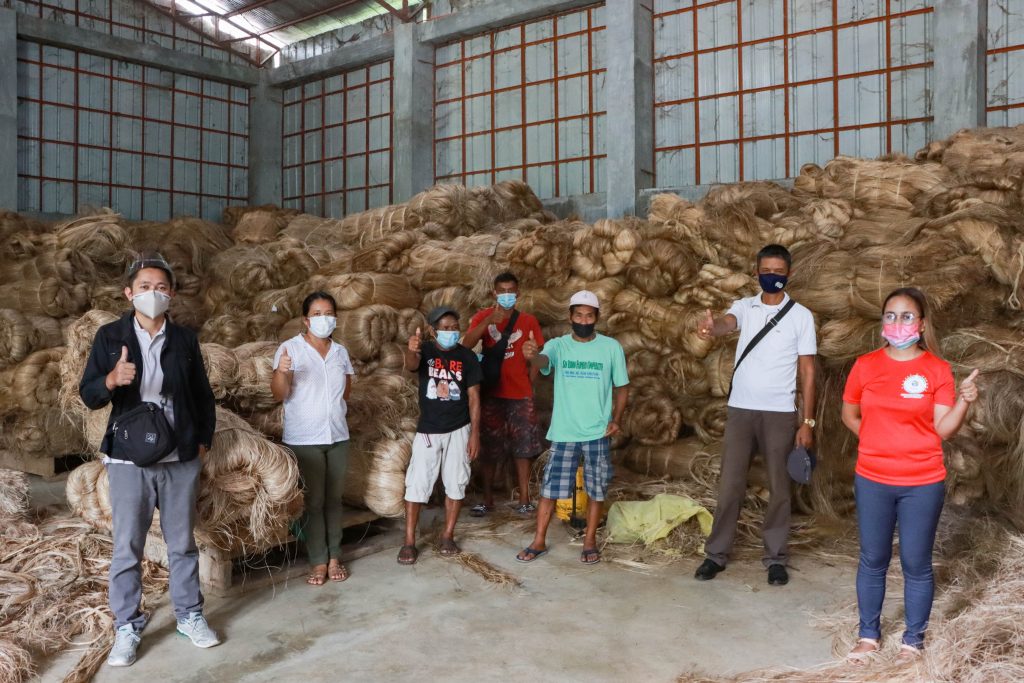 As part of the assistance of PRDP, a Marketing Agreement between SIUFMULCO who is the buyer of abaca fiber, and SIFAMCO, the seller of consolidated abaca fiber was crafted to ensure a stable market.
As part of the assistance of PRDP, a Marketing Agreement between SIUFMULCO who is the buyer of abaca fiber, and SIFAMCO, the seller of consolidated abaca fiber was crafted to ensure a stable market.
Because SIFAMCO is the seller, they are obliged to meet the quality standards of SIUFMULCO, necessitating the training needed to enhance their knowledge on abaca fiber classification, sorting, and grading.
SIFAMCO and SIUFMULO are two of the Proponent Groups of PRDP for abaca in Region 13. As a proponent group, SIFAMCO will be provided with a storage building, stripping machine, and motorcycles worth P4M, to uplift their abaca fiber consolidation.
Meanwhile, SIUFMULCO availed a total of P31 Million worth of assistance for area expansion and needed infra support and equipment to improve product quality and increase productivity, as well as marketing support for an efficient delivery system to the buyers.
Both subprojects aim to develop the abaca industry in Caraga.
According to the Food and Agriculture Organization of the United Nations, the Philippines is the top producing country of abaca in the world. As of June 2020, it produced 18.06 thousand mt of abaca in 132,361.91ha. Bicol Region remains the top producer with 29.6%, followed by 19.7% in Eastern Visayas and 14.7% in Caraga.
Philippine abaca fiber has eight to nine classification grades compared to Ecuador, the top 2 producer which has only five. The country’s abaca can be used in various applications and possesses all the features needed for specialty paper. It is being exported and used in other countries such as Japan, United States, and the United Kingdom, for their food wrapper, car and submarine parts, steel piper, money, among others. (Zenny Awing / RPCO 13)
